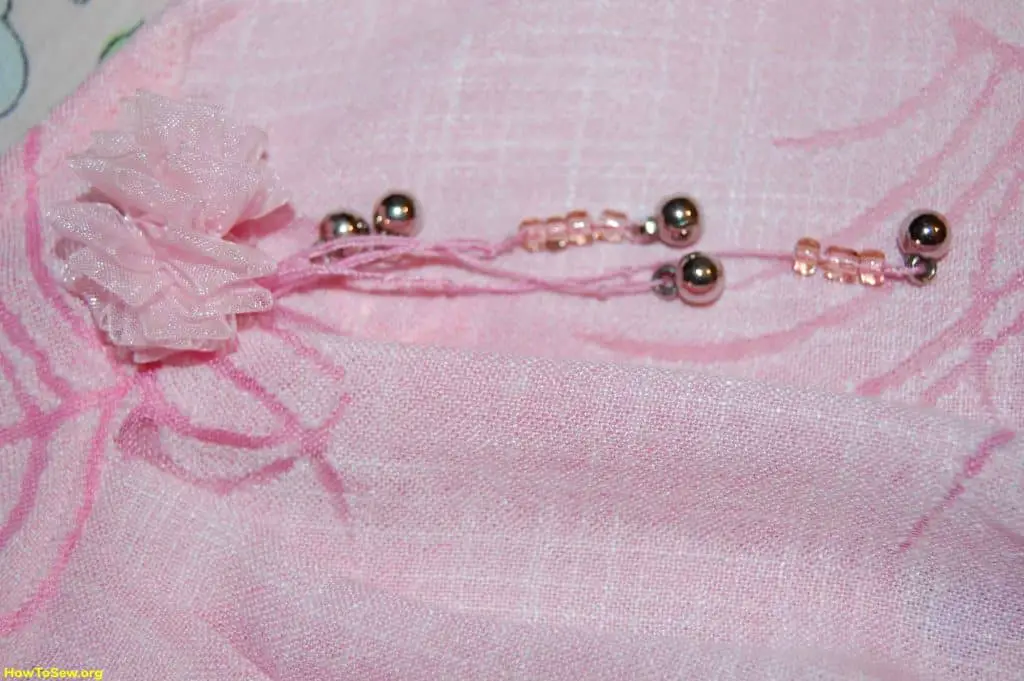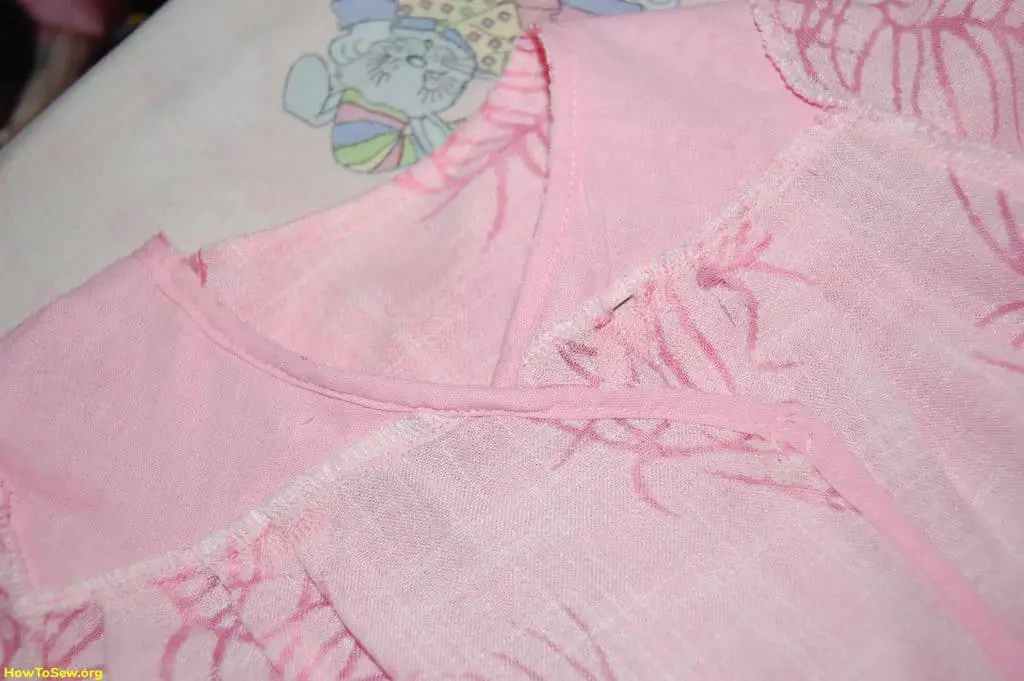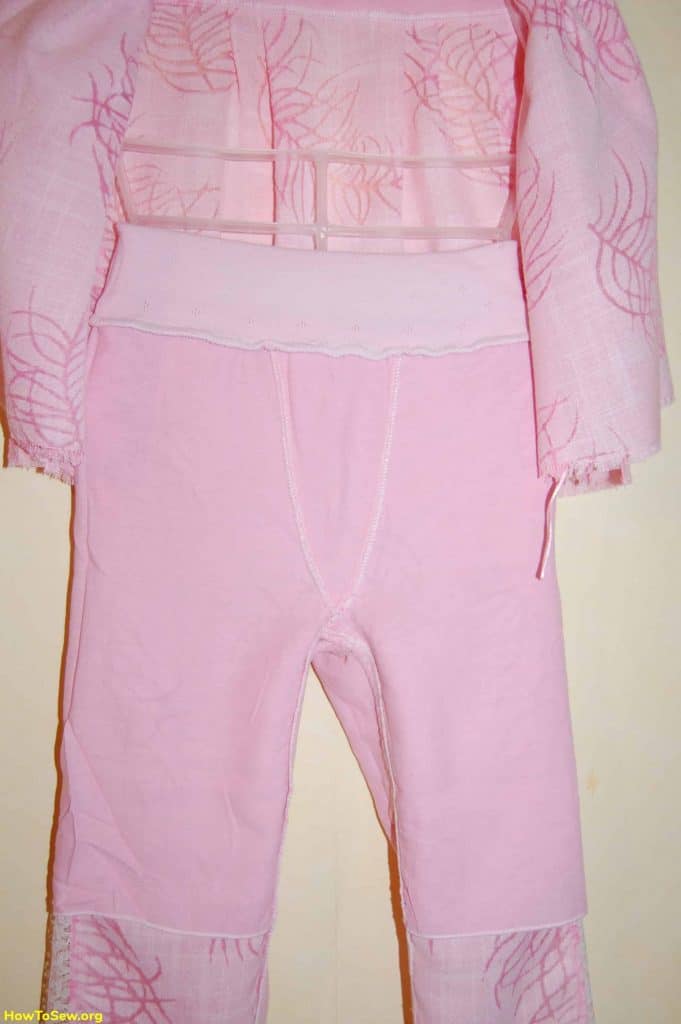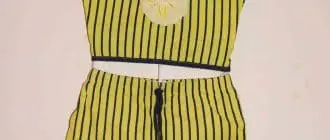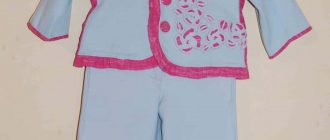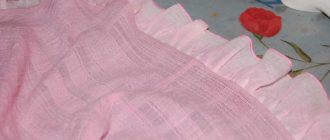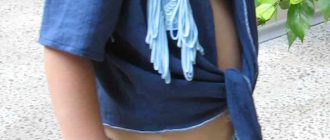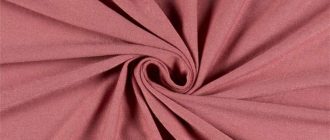Children’s linen suit
In this article, I will talk about a children’s suit made of thin linen. It was made for summer weather. It consists of trousers and a blouse. The peculiarity of this costume is that it is made of very thin and pleasant to the touch fabric. Very nice linen with a butterscotch thread.
When I saw this beautiful fabric, I just fell in love with it. However, when I brought it home I realized that the task I had to do was not easy, the fabric was very thin and loose.
Still, I decided to take my chances…
The costume of my thin linen was supposed to consist of a sweater and pants. I’ve already told you how to sew trousers, now I’ll tell you how I handled such a complex and loose fabric.
This is actually a close-up costume itself:
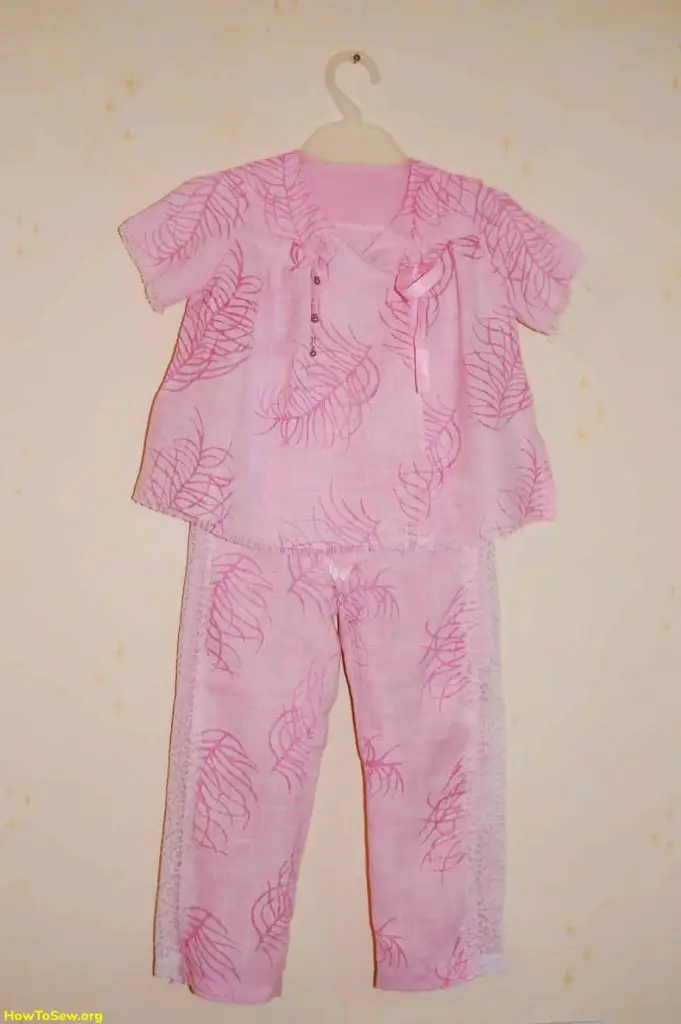
First of all, you need to handle the cut-out parts of the product very carefully. Then they won’t crumble so much. Or available, you can treat the edges of the parts with a special adhesive, which can be washed off with water after the product is sewn.
Second, then you need to glue adhesive strips of fleece or thin Interfacing place with the greatest stress on the product. This is first of all the armhole, shoulder, the place of connection of the coquette and the bottom of the blouse, the seat and intra-step seam in the pants. The understudy must be sliced into a slant about 7mm wide. Then the tip of the iron to weld it to the right places, while stretching a little.
Third, if the above is not enough, you can cut out of a thin auxiliary fabric coquette and sew together with the main fabric when sewing a blouse. In this way, the basque will be strengthened, but! This is very important for summer and light fabrics, as the appearance of the product remains airy and the product becomes much stronger.
I didn’t really want the threads to come out of the seams and the sprawl to be visible in the most prominent place, so I made reinforcement in all three ways.
The neck is treated with a thin strip of auxiliary fabric in the tone of the base fabric. And this is the blouse itself and a close-up of some stitches and decor:
Now I’ll tell you how to sew trousers made of such a thin fabric. First of all, I’ve reinforced all the pants cuts with understudy. And I also cut the short pants out of chintz to the tone of the base fabric, and sewed them together with the base fabric to make the pants stronger. At the front of the pants is a double gusset of thin but strong fabric. This made it possible not to be afraid for the reliability of the trousers in the most “treacherous” point.
I put a thin lace on the sides for beauty. The stitches of the lace are made with festoons and the main fabric is sewn to the lace with a linen stitch. The lining pants are not sewn to the lace in any way, as they are much shorter than the main trousers. They are sewn together with the main fabric only in the inner step seam. They are also sewn into the seam of the seat at the back and sewn together with the gusset.
All these precautions were not taken in vain. The whole suit made of thin linen, both a jacket and trousers served their owner well, withstood more than one wash, and more walks and climbing on the slides. The jacket as a particularly favorite then still remade and grew up with the child 🙂

